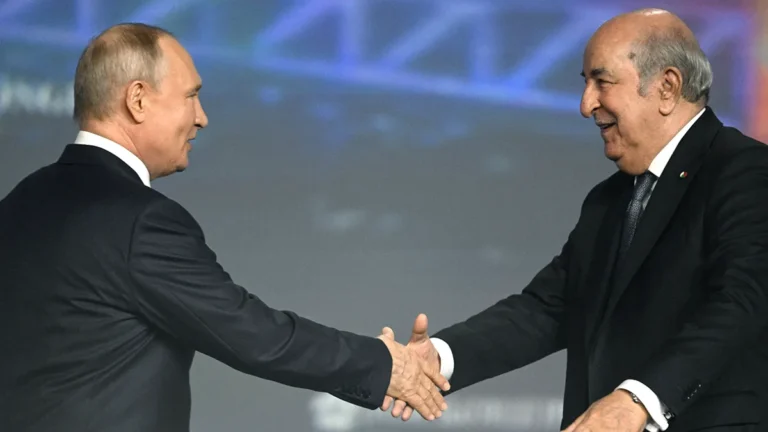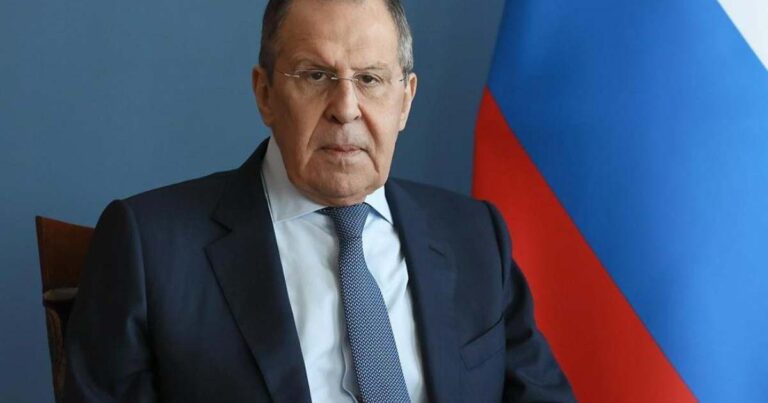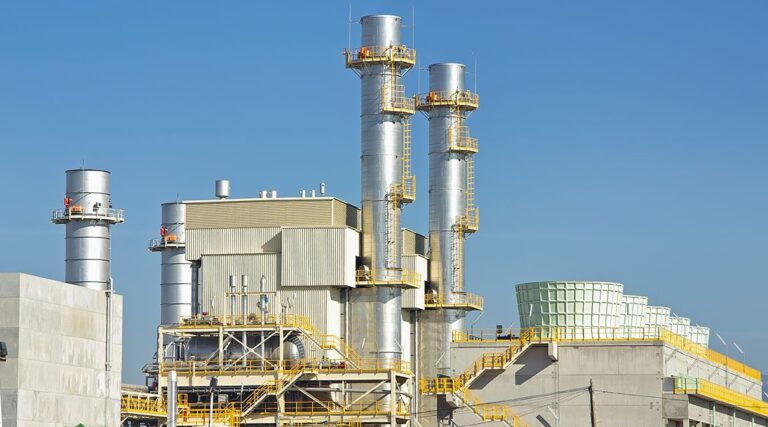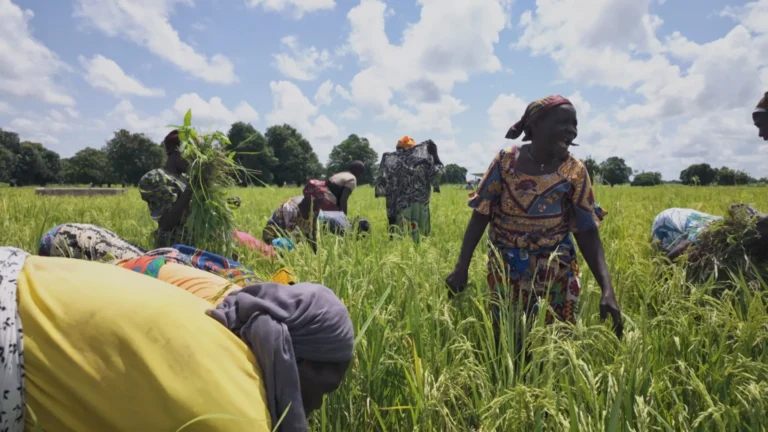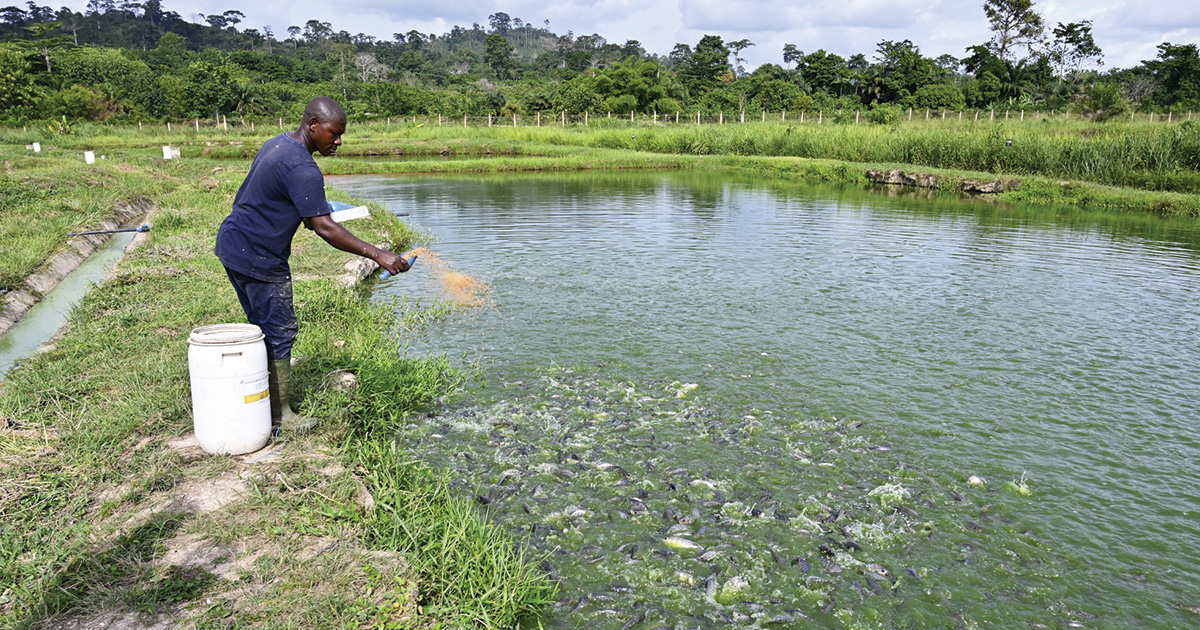
The Food and Agriculture Organization (FAO) of the United Nations convened a high-level round table on Tuesday, July 29, 2025, in Abidjan, aimed at mobilizing financial support for the sustainable development of Ivory coast’s farmed tilapia industry.
Joseph Nyemah, FAO’s representative in Ivory coast, said the meeting falls under the framework of the “Sustainable development of fisheries and aquaculture value chains in ACP countries” program, known as FISH4ACP.
Spearheaded by the Organisation of African, Caribbean and Pacific States (OACPS), the program is implemented by FAO with funding from the European Union and the German Federal Ministry for Economic Cooperation and Development (BMZ).
Through its national strategy Ivory coast 2030, the Ivorian government aims to turn aquaculture, particularly tilapia farming, into a cornerstone of economic development, food security, and employment generation.
Despite this ambition, the sector remains heavily reliant on imports, with domestic tilapia production at just 7,700 tonnes annually compared to the 39,500 tonnes imported in 2022.
“Full involvement of stakeholders in the value chain is essential to ensure the sustainability of actions in favor of the development of this sector and to achieve a long-term impact,” Nyemah emphasized.
To drive this cooperation, the Multi-Stakeholder Partnerships (PMA) initiative was established under the FISH4ACP program, uniting actors to amplify their impact and align on shared goals.
Key priorities include improving access to quality feed and increasing local fry production in a consistent and profitable manner. Augustin Millan, President of PM2ACI, highlighted how the partnership has already led to a validated strategy for upgrading the tilapia value chain.
Germany’s Deputy Head of Cooperation in Ivory coast, Danja Bergmann, reaffirmed her country’s commitment to sustainable fisheries and artisanal aquaculture, including improved processing methods and resilience among fishers.
The FISH4ACP initiative targets a ninefold increase in Nile tilapia production by 2031, meeting national demand through a robust, job-generating local value chain.
Ouattara Alassane, head of the Technical Department at the National Commission of the Global Environment Facility, noted that the body had already supported similar projects and would finance a second phase of the Coastal Fisheries Initiative at $9 million, which includes Mauritania.
Meanwhile, Tidjane Coulibaly, from the Aquaculture Transformation Strategy Program, emphasized government plans to structure the sector with investments aimed at reducing fish imports, currently valued at 400 billion CFA francs.
“We are trying to work on projects that will allow us to help young people in Ivory Coast, especially those with initiatives, through the Aqua Jeunes Initiative, to be able to benefit from a funding ticket,” he said.
Currently, fishing and aquaculture contribute around 3% to the agricultural GDP.
While national fish demand surpasses 733,000 tonnes, local production is just 92,000 tonnes—only 8,500 of which comes from aquaculture.
FISH4ACP program administrator Djiré Foungnigué confirmed that Nile tilapia represents 71% of Ivory coast’s aquaculture output. Still, aquaculture contributes just 4 to 7% of the nation’s total fish production—leaving significant room for growth.
